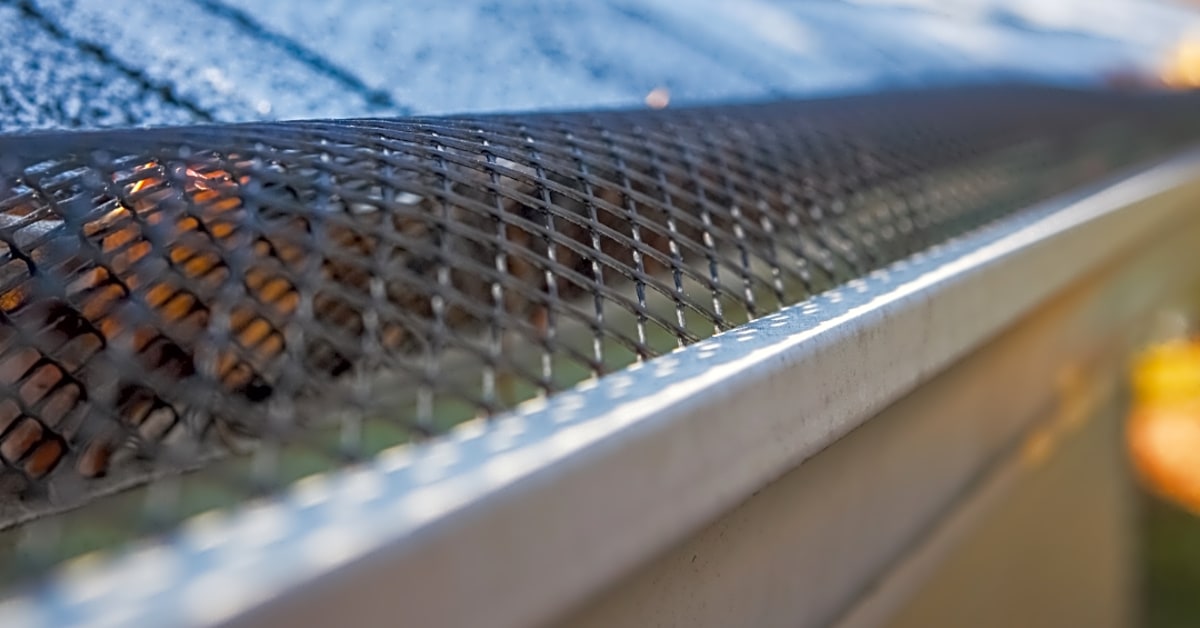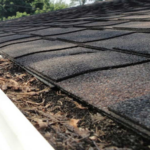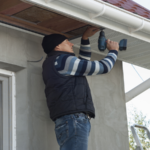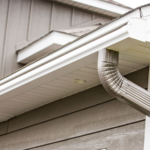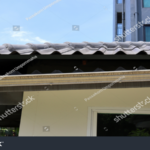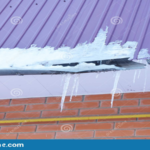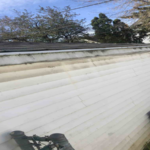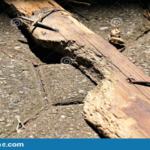Are you concerned about the growth of mold and mildew in your home? These pesky fungi can not only cause unsightly stains and odors, but they can also pose serious health risks. The good news is that there are steps you can take to reduce the risk of mold and mildew growth, and one of those steps is by installing gutter guards. In this article, we will discuss the benefits of using gutter guards and how they can help prevent water damage, ultimately reducing the risk of mold and mildew growth. So, if you want to keep your home safe and mold-free, keep reading!
If you’re looking to protect your gutters from leaves and debris, as well as prevent water damage and mold growth, installing gutter guards is a smart choice. Gutters can easily become clogged with leaves, twigs, and other debris, which can lead to water build-up and eventually cause damage to your home. This stagnant water also creates the perfect environment for mold and mildew to grow.
By installing gutter guards, you can prevent debris from entering your gutters and ensure that rainwater flows freely through them. This not only reduces the risk of water damage, but also prevents the growth of mold and mildew. Gutter guards act as a barrier, keeping leaves, twigs, and other debris out of your gutters and allowing rainwater to flow through easily.
There are different types of gutter guards available on the market, such as covers or screens, and each has its own benefits. For example, covers are effective in keeping larger debris out of your gutters, while screens are better at filtering out smaller debris. Some gutter guards even come with DIY installation options, making it easy for you to install them yourself without having to hire a professional.
Not only do gutter guards help reduce the risk of mold and mildew growth, but they also offer other benefits. They can extend the lifespan of your gutters by preventing clogs and water damage, which can cause them to rust and deteriorate over time. Gutter guards also make it easier to maintain your gutters, as you won’t have to spend as much time cleaning them out.
In addition to protecting your gutters and preventing water damage, gutter guards can also improve the overall appearance of your home. Clogged and dirty gutters can be an eyesore, but with gutter guards in place, your gutters will stay clean and debris-free, giving your home a more polished look.
So if you’re looking to reduce the risk of mold and mildew growth, as well as enjoy other benefits like preventing water damage and improving the appearance of your home, consider installing gutter guards. They are a simple and effective solution that can save you time, money, and hassle in the long run.
DIY Gutter Guard Options
If you’re a handy person, you may be interested in DIY gutter guard options. These typically involve purchasing the materials and installing them yourself. Some common DIY gutter guard options include mesh screens, foam inserts, and brush guards. While these may be more cost-effective, they may also require more maintenance and may not be as effective as professionally installed gutter guards. So, weigh your options carefully before deciding on a DIY approach.
Cost Savings with Gutter Guards
One of the main benefits of using gutter guards is the potential cost savings they can provide. By preventing water damage to your home, you can avoid costly repairs and maintenance. Additionally, gutter guards can save you time and effort by reducing the need for frequent gutter cleaning. This can be especially beneficial if you have a lot of trees around your home that shed leaves and debris onto your roof.
Different Types of Gutter Guards
When it comes to protecting your gutters from leaves and debris, there are several types of gutter guards available on the market. Each type has its own unique benefits, so it’s important to understand the differences between them in order to choose the one that best fits your needs.
The most popular types of gutter guards include mesh guards, reverse curve guards, bottle brush guards, and foam guards. Mesh guards are made of a fine wire mesh that allows water to flow through while blocking debris. Reverse curve guards have a curved design that directs water into the gutter while keeping leaves and debris out. Bottle brush guards have bristles that catch debris while allowing water to flow through. Foam guards are made of porous foam that also allows water to pass through while trapping debris.
You may also come across terms like covers or screens when researching gutter guards. These refer to gutter guards that cover the entire gutter or have small holes to allow water to flow through while blocking debris. Covers and screens are typically more expensive than other types of gutter guards, but they offer more comprehensive protection.
It’s important to note that each type of gutter guard has its own installation process. Some may require professional installation while others can be easily installed as a DIY project. Whichever type you choose, make sure to carefully follow the instructions for proper installation.
In conclusion, gutter guards are an essential component of protecting your home from water damage and reducing the risk of mold and mildew growth. They come in various types and installation options, so be sure to choose the one that best fits your needs and budget. By investing in gutter guards, you can potentially save yourself time, money, and headaches in the long run. We hope this article has been helpful in understanding the benefits of gutter guards for reducing mold and mildew growth.
